The Eye of the Lynx - Peter Jakadofsky
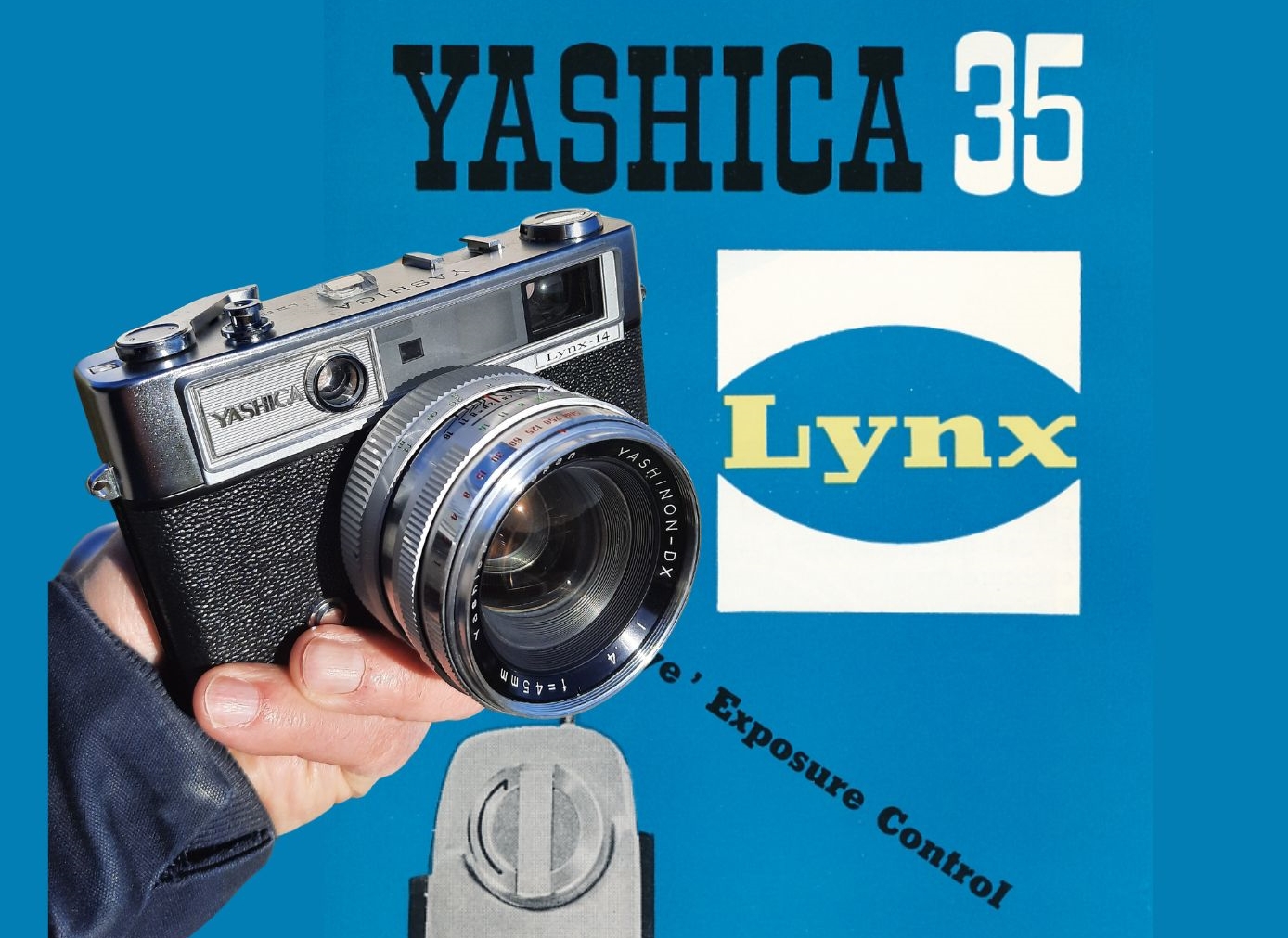
The Yashica Lynx is a series of rangefinder cameras produced by Yashica, a renowned Japanese manufacturer of cameras, during the 1960s. Among the most popular models in this series are the Lynx 5000, Lynx 1000, and Lynx 14, with the Lynx 14 being particularly notable for its fast f/1.4 lens. I happened to come across a like new model at Jo Geier's Mint&Rare shop and took it out for a walk on a sunny day!
I guess I totally misused this camera with its wide open lens by taking images in bright daylight! I should at least have waited for sunset or the evening or taken some shots inside but I was taken away by the silent shutter, the smooth focusing and its ease of use! I enjoyed working with this camera so much that I shot the whole roll of film within 30 minutes.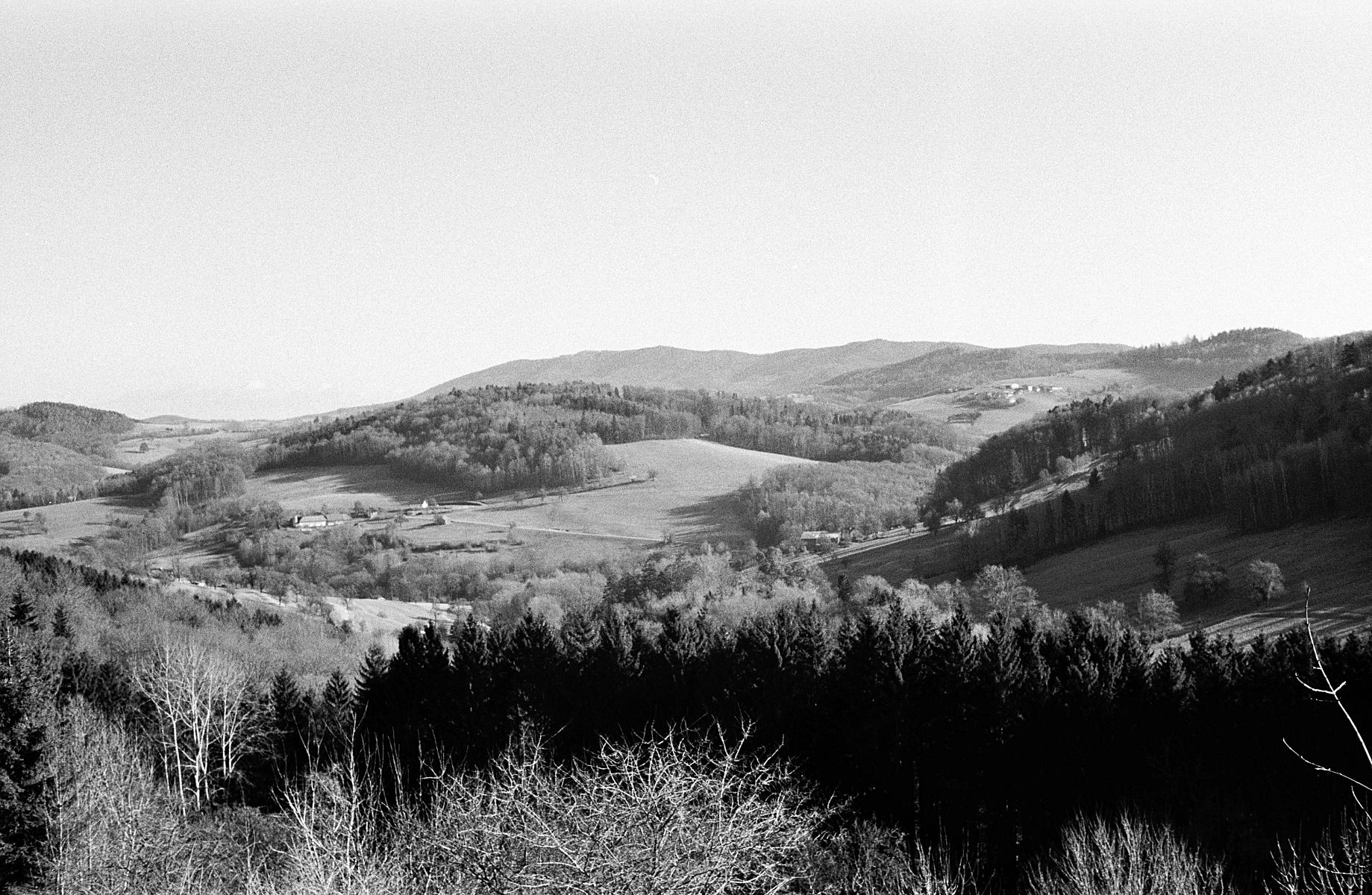
The Yashica Lynx cameras are characterized by their solid build and somewhat bulky design, which is typical of rangefinder cameras from that era and the Lynx 14 comes with a 45mm f/1.4 lens, which is excellent for low-light photography due to its wide aperture. The camera offers shutter speeds from 1 second to 1/500th of a second, plus a bulb mode for long exposures. It also has a built-in light meter, although it's selenium, so it may not be reliable due to age and exposure to light. I was using the 'sunny 16' metering instead and it showed nice results. Not using any metering brought me back to observing light situations more actively and practicing to imagine my images. I appreciated that a lot!
The rangefinder focusing system is intuitive once you get used to aligning the double images in the viewfinder for sharp focus although I had some difficulties matching them well in bright daylight. Using apertures between f8 and f11 made it easy to have good results though in these landscape examples. 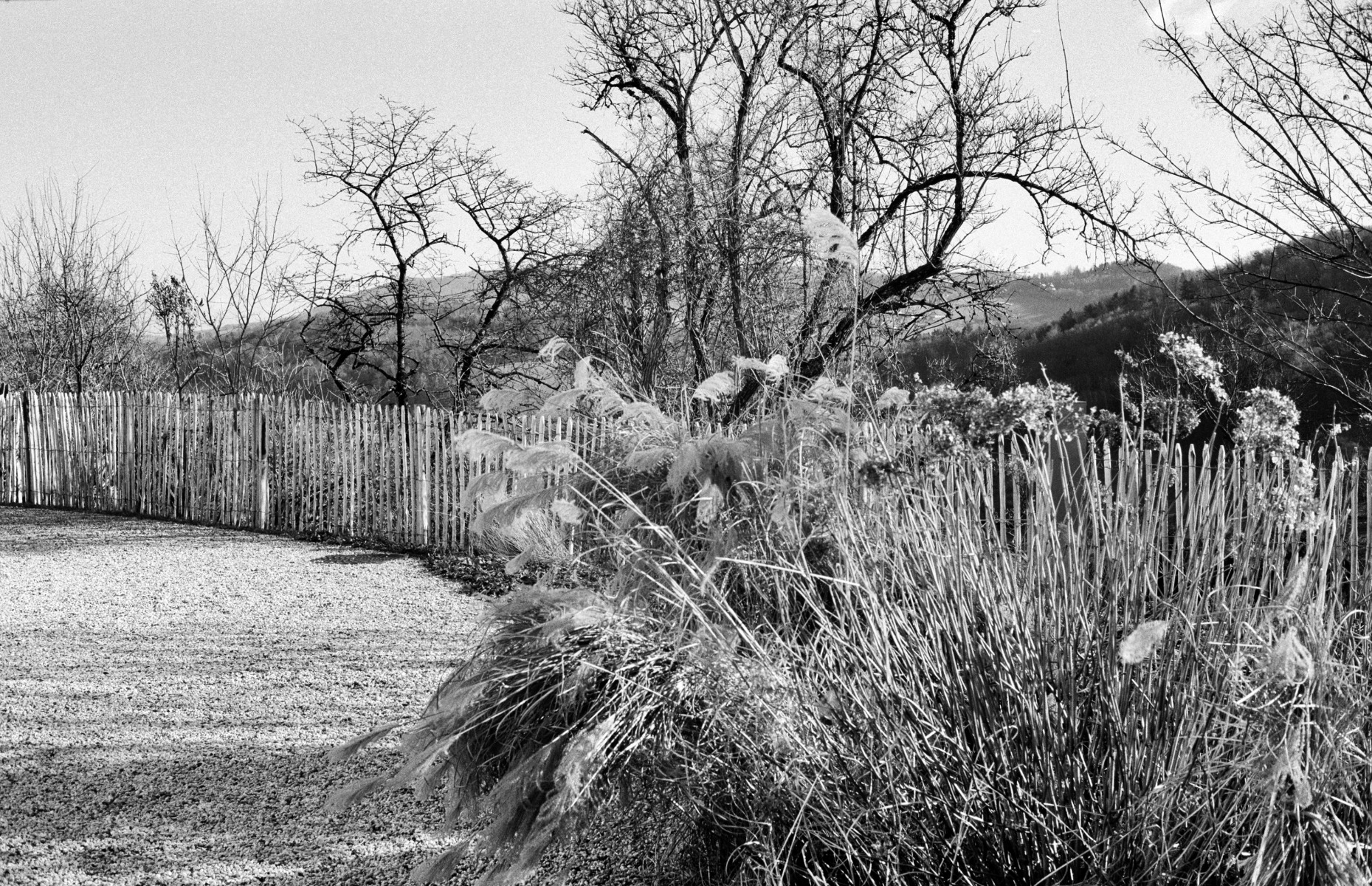
All of the Lynx models are fully manual and mechanical, so photographers have complete control over the exposure settings, which can be both a learning opportunity and a challenge for those used to automatic cameras. Some Practical Examples:
>> Street Photography: The Lynx, with its fast lens and quiet shutter, is excellent for street photography. Set the camera to a moderate aperture (f/8) and a shutter speed of 1/250th to freeze motion. Use ISO 400 film for versatility. Pre-focus at a certain distance (e.g., 10 feet) and wait for subjects to enter that space for quick shooting.
>> Portrait Photography: Take advantage of the Lynx 14's f/1.4 lens to create portraits with a shallow depth of field. Open the aperture to f/1.4 or f/2 to blur the background, focusing precisely on the subject's eyes. Use a slower film (ISO 100 or 200) for finer grain and better detail.
>> Night Photography: The wide aperture of the Lynx 14 is ideal for low-light or night photography. Use a tripod and set the camera on bulb mode to capture long exposures of night scenes. Experiment with exposure times, starting from a few seconds to several minutes, depending on the scene and desired effect. 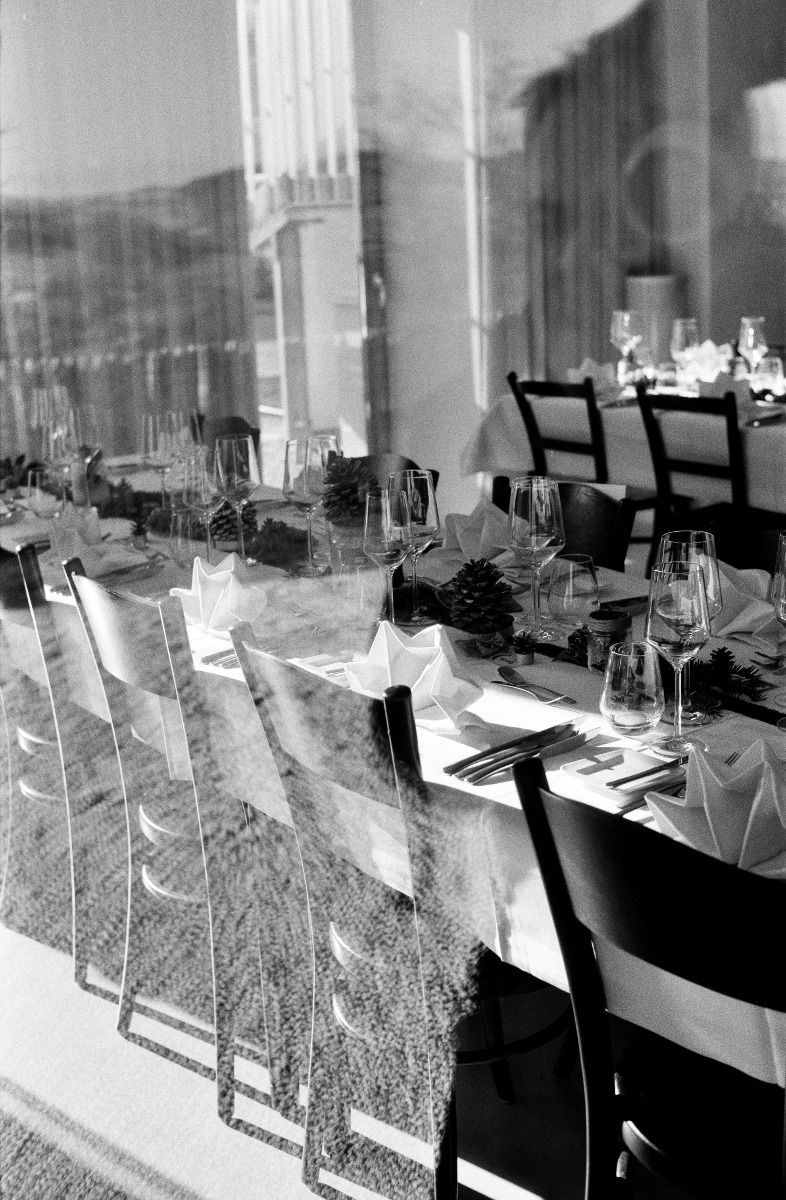
The Yashica Lynx series, with its robust design, good lens quality, and manual controls, offers a fulfilling analog photography experience. While it demands a good grasp of photography basics, the payoff is the ability to produce striking images with a character that digital cameras struggle to replicate. Whether it's for street, portrait, landscape, or low-light photography, the Lynx can be a versatile tool in the hands of those willing to explore its potential. Its use encourages a deliberate and thoughtful approach to photography, rewarding patience and skill with remarkable results.
-
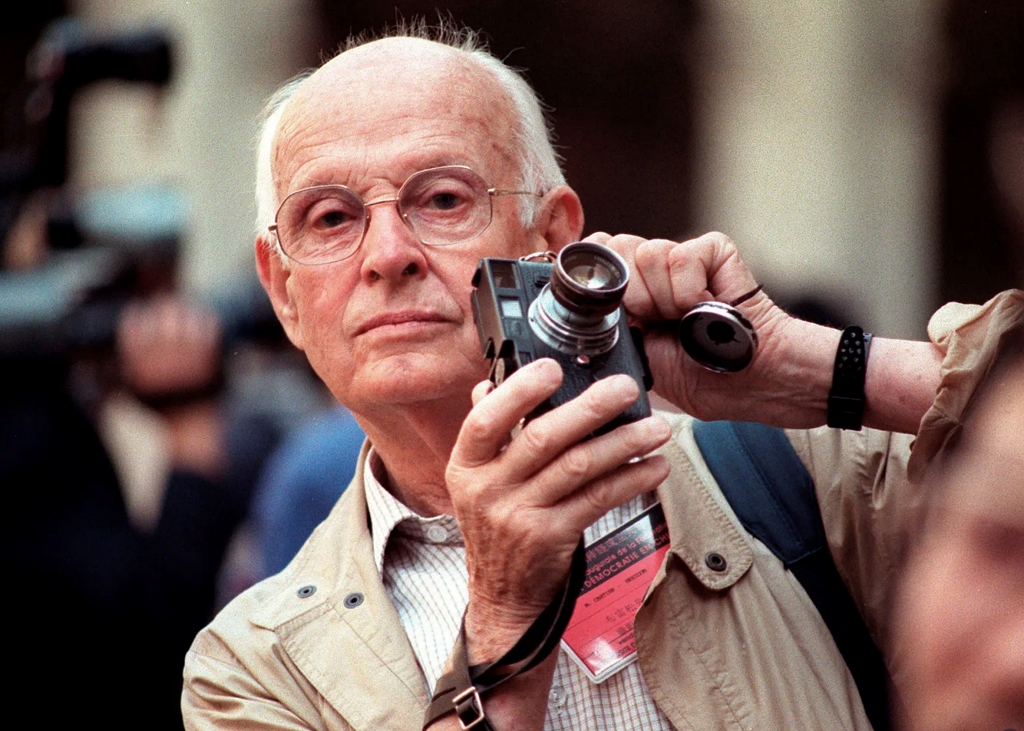 Henri Cartier-Bresson and His Cameras: A Chronological Journey
Henri Cartier-Bresson and His Cameras: A Chronological Journey
-
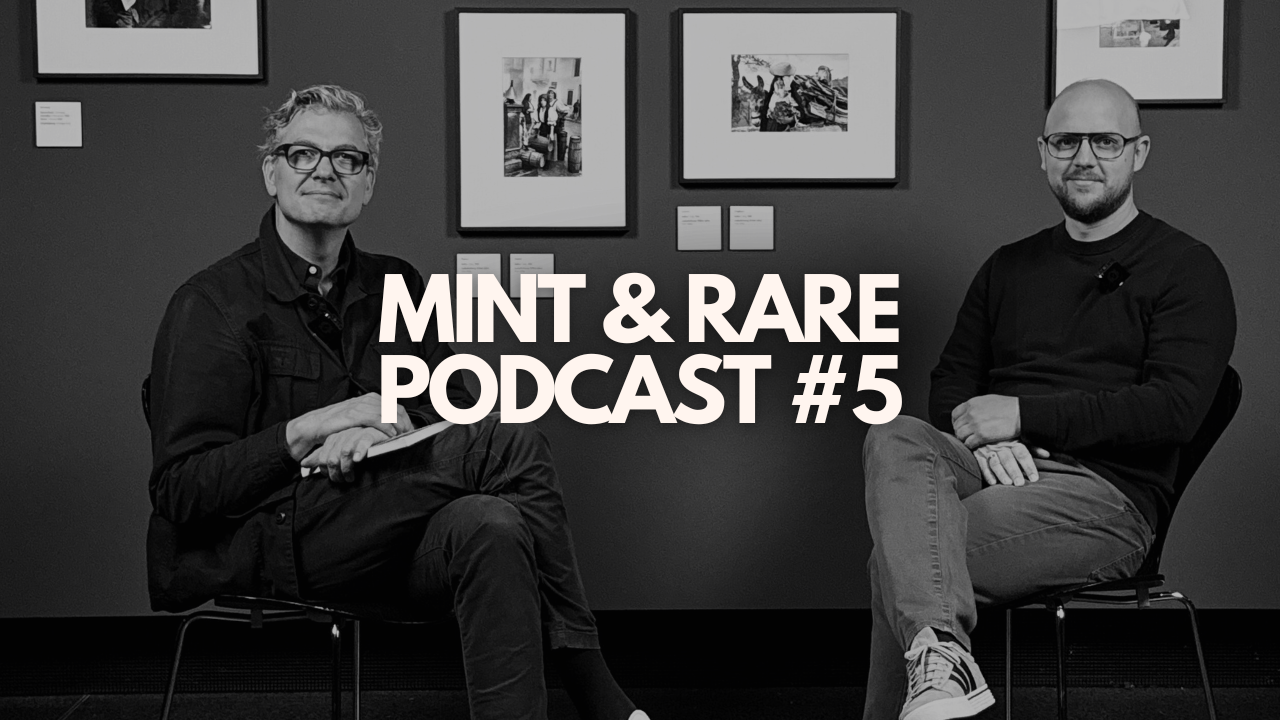 Mint & Rare Podcast #5 - Henri Cartier-Bresson and his Cameras
Mint & Rare Podcast #5 - Henri Cartier-Bresson and his Cameras
-
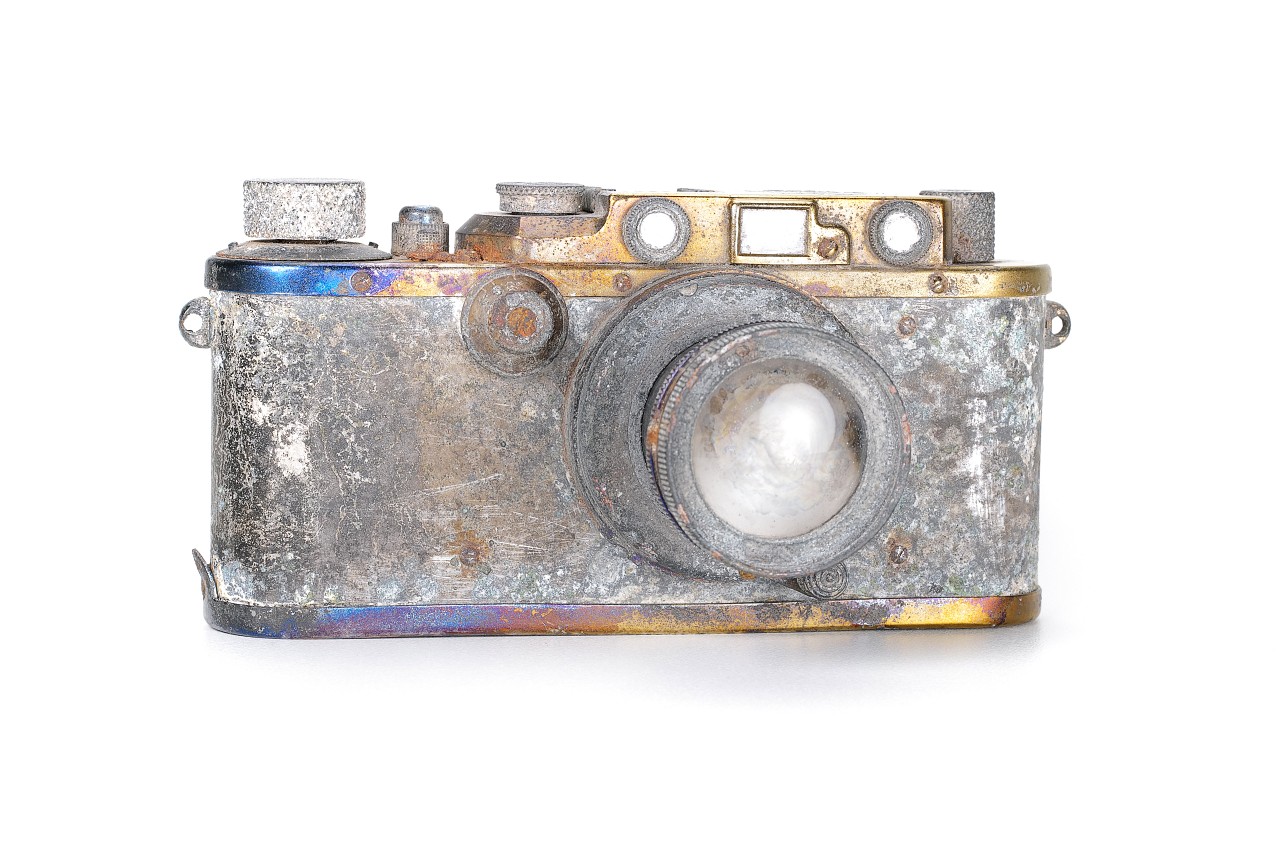 When a Broken Camera Is More Valuable Than a Working One
When a Broken Camera Is More Valuable Than a Working One
-
Where to Repair Your Vintage Camera And What to Watch Out For
-
 Meet Us at the 61st Bièvres International Photo Fair – June 7–8, 2025
Meet Us at the 61st Bièvres International Photo Fair – June 7–8, 2025
